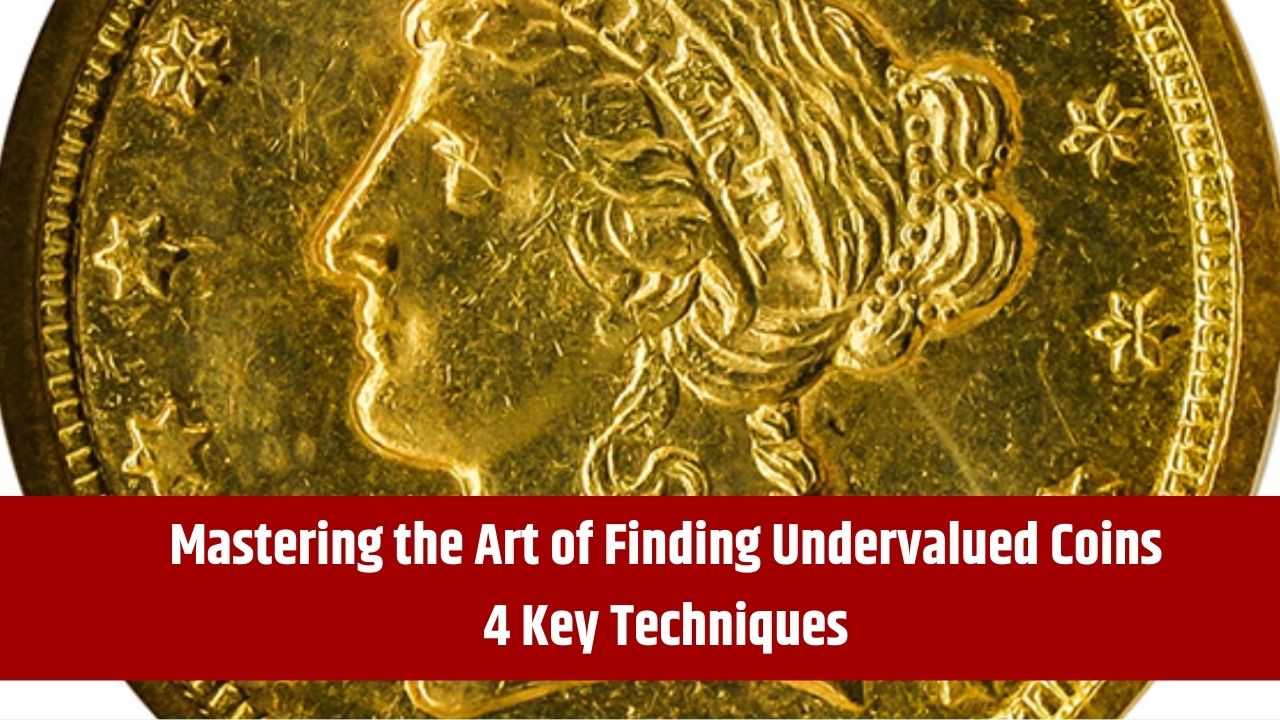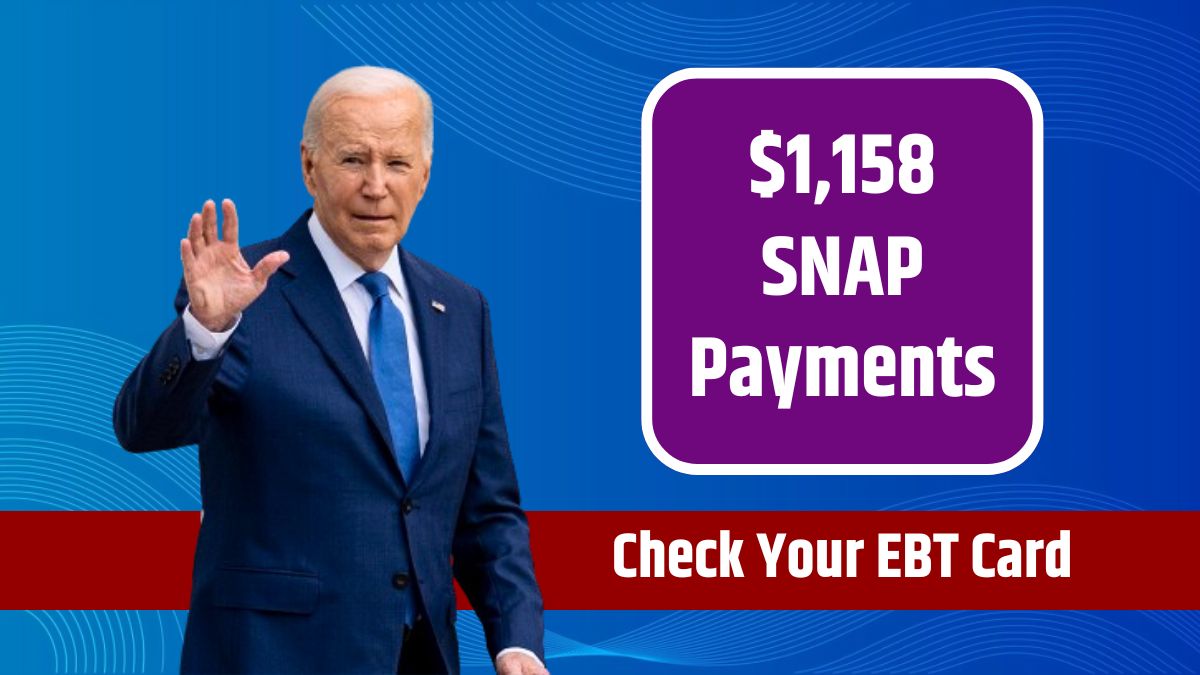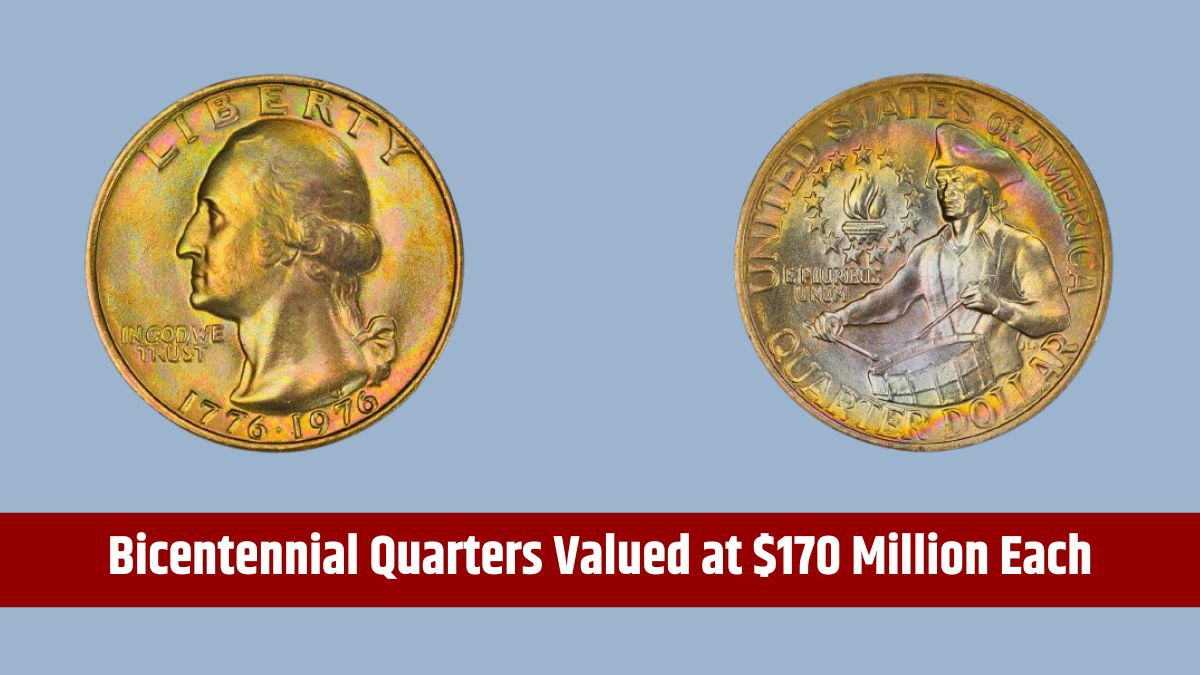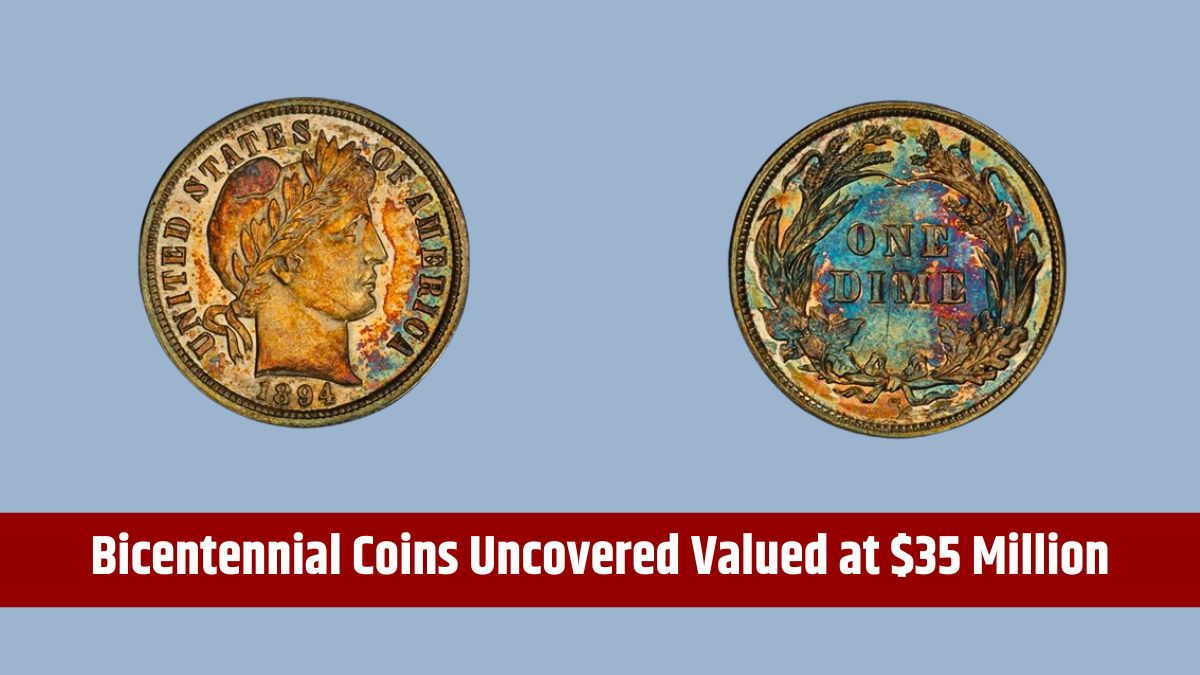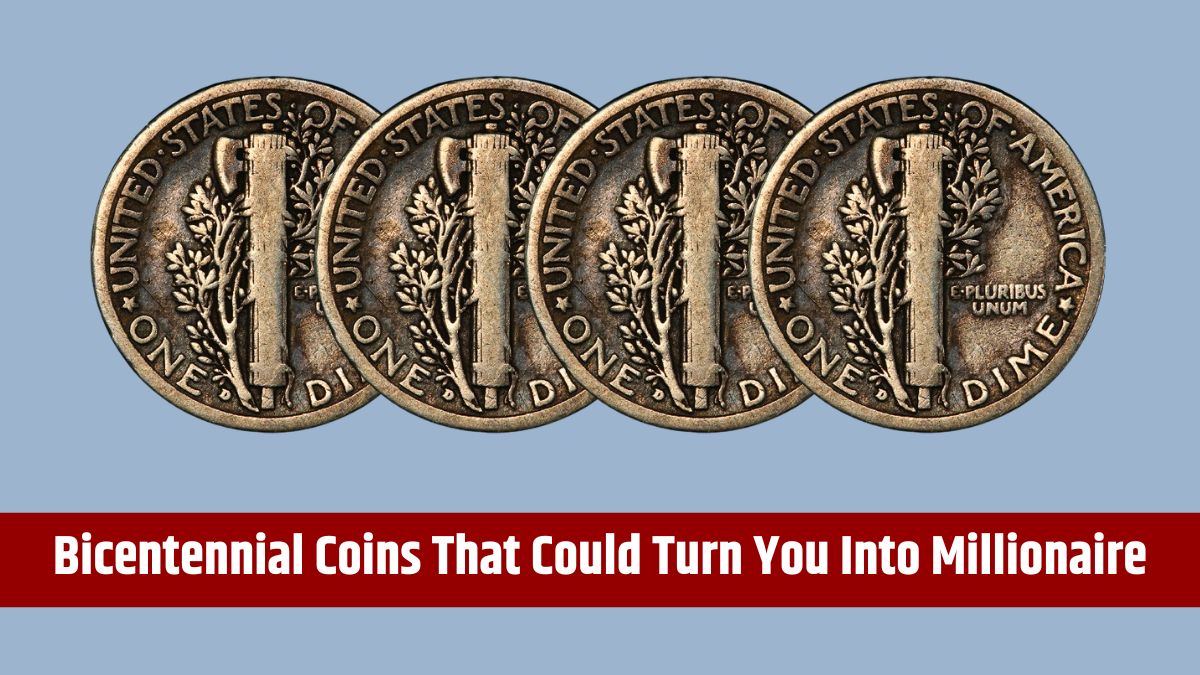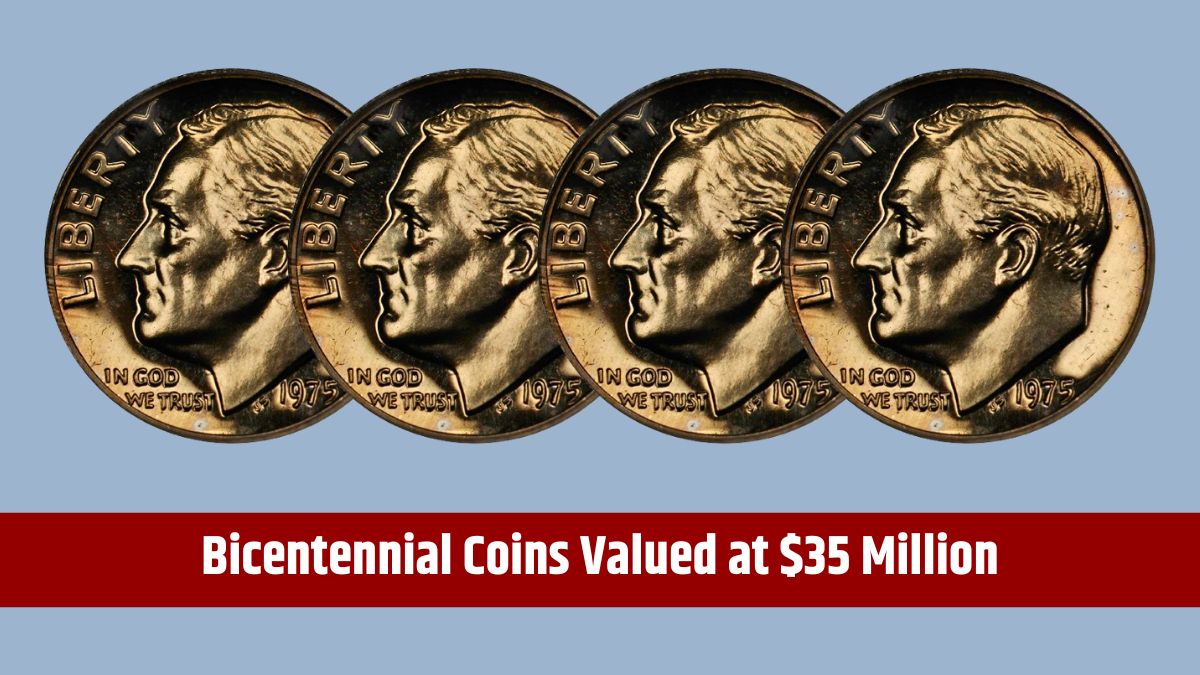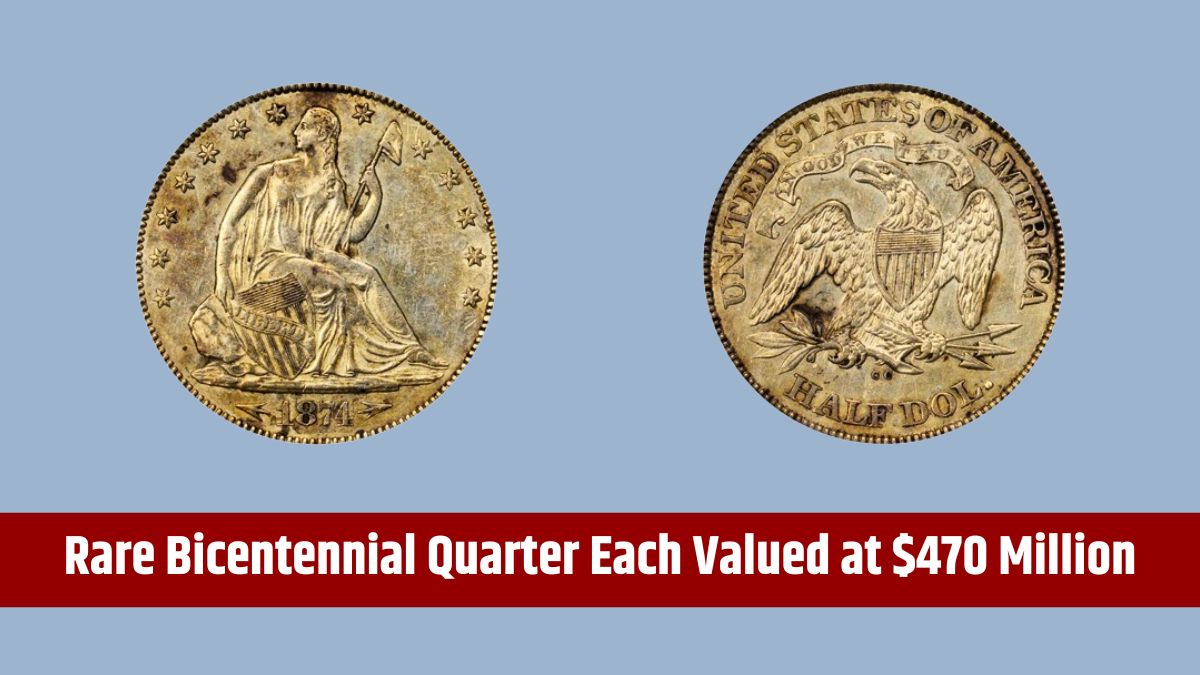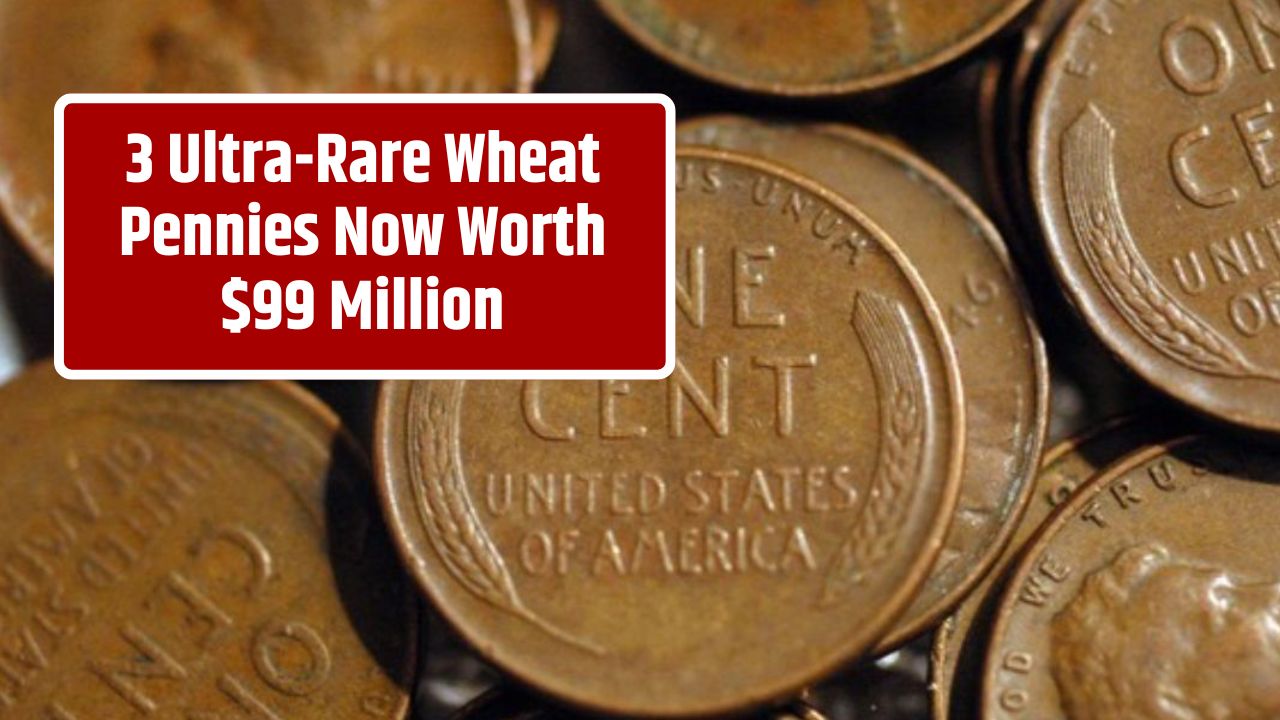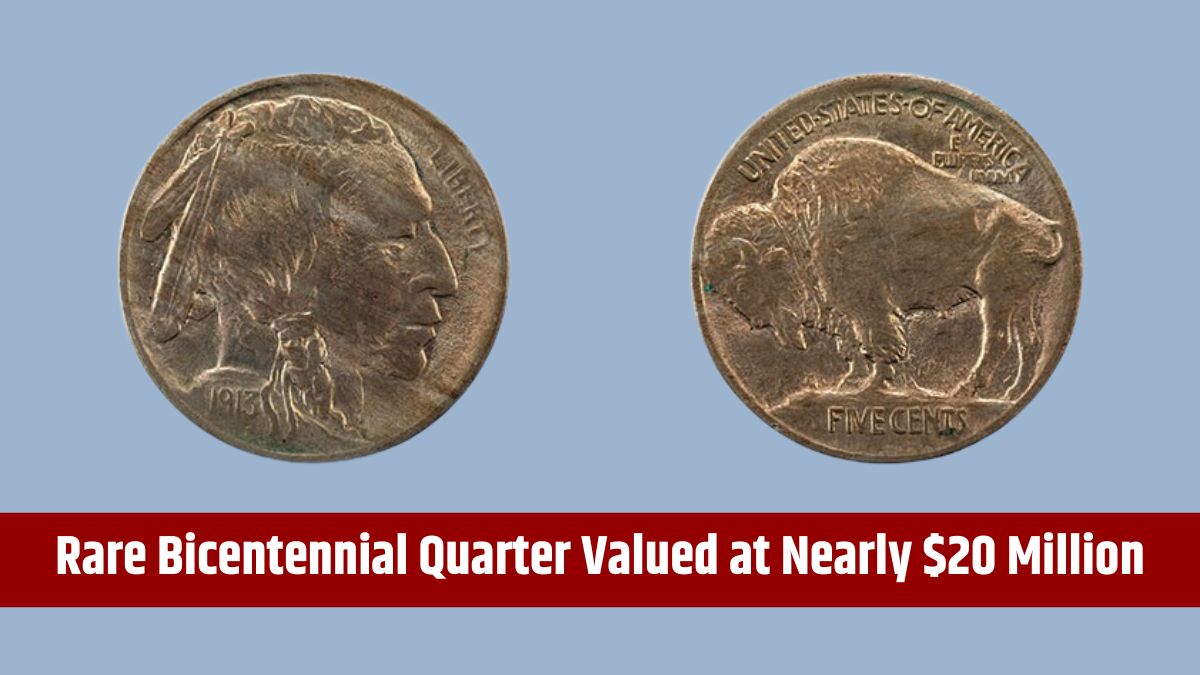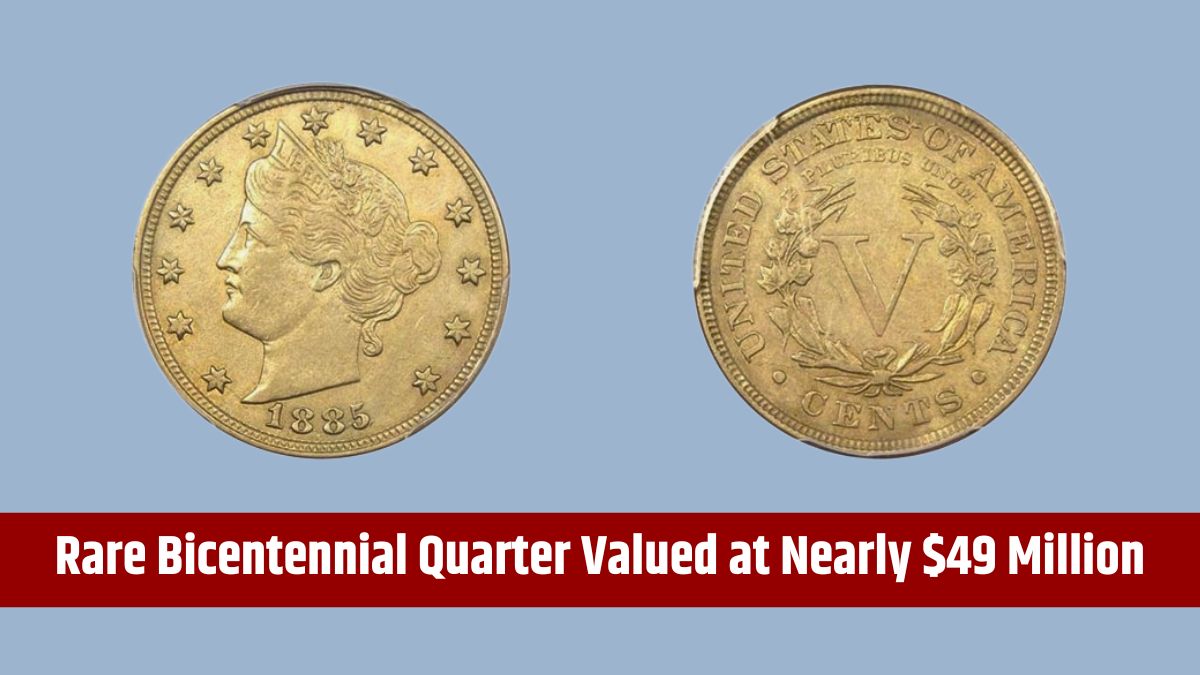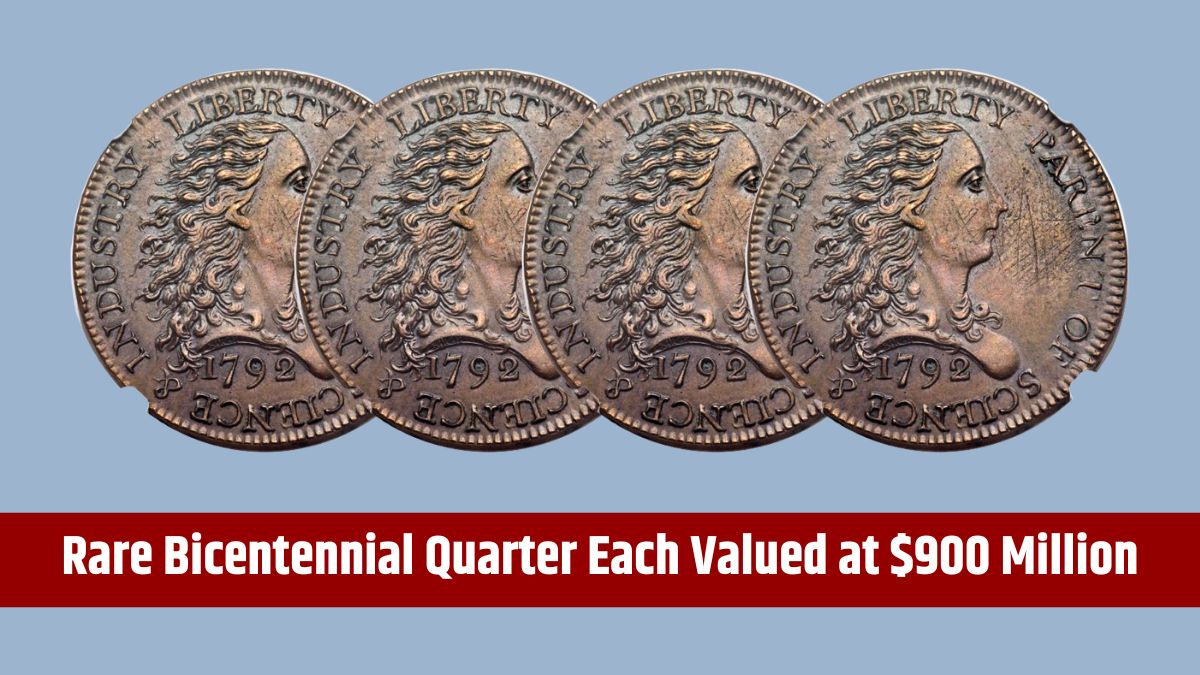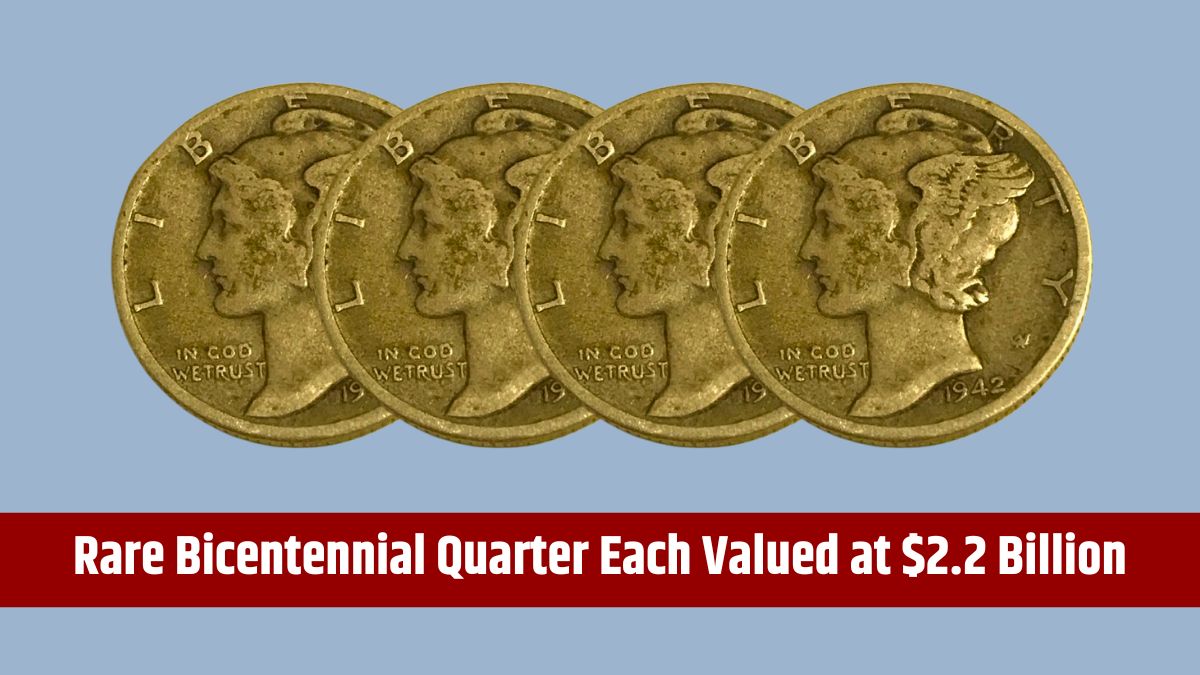Finding undervalued coins in a competitive market can yield incredible investment opportunities, turning relatively affordable coins into prized assets. Here, we cover four effective techniques to help collectors spot coins with high potential, potentially allowing you to acquire them for a fraction of their true worth.
1. Conduct Comprehensive Historical and Numismatic Research
Understanding a coin’s historical significance, rarity, and demand trends is essential for identifying undervalued pieces. Numismatic research includes examining past auction results, production quantities, mint errors, and the sociocultural importance of certain coins. By diving into the history and scarcity of a coin, collectors can uncover hidden value that others might overlook.
Steps to Employ this Technique:
- Research auction records and historical prices on sites like Heritage Auctions and Stack’s Bowers.
- Look up the production history of specific coins, including any errors or unique designs.
- Investigate the historical context and events surrounding the coin’s issuance.
Impact on Auction Bidding: Armed with historical insights, collectors can identify coins with significant but under-recognized value, especially in less popular categories. This knowledge is particularly valuable when dealing with coins that might be listed below their potential worth due to limited public interest.
2. Develop Grading Expertise to Spot Undervalued Coins
Coin grading directly affects market value, making grading expertise crucial for identifying misgraded or undervalued coins. The Sheldon Scale, which ranges from Poor (P-1) to Perfect Mint State (MS-70), is the industry standard for grading, with even minor differences in grade often resulting in substantial price differences.
Steps to Employ this Technique:
- Study grading tutorials and resources from reliable organizations like the American Numismatic Association.
- Practice grading coins yourself, especially in areas like luster, strike quality, and surface preservation.
- Review auction listings carefully and compare photos with known standards.
Impact on Auction Bidding: Grading expertise allows collectors to identify coins that may have been under-graded by auction houses, presenting opportunities to acquire them for less than their market value. Likewise, it enables collectors to avoid overpaying for over-graded coins, mitigating the risk of potential losses.
3. Apply Market Timing for Strategic Purchases
Market timing involves understanding the economic conditions, collector demand cycles, and specific events that influence coin prices. By buying when demand is low or during economic downturns, collectors can acquire undervalued coins with a higher potential for future appreciation.
Steps to Employ this Technique:
- Track price trends and identify seasonal patterns, such as price drops during holiday seasons or market slumps.
- Monitor auction timing, as anniversary auctions and highly publicized events can inflate prices.
- Plan to bid during less competitive times, such as off-peak hours or during economic lulls.
Impact on Auction Bidding: Market timing can give collectors a strategic edge by reducing competition and helping them avoid inflated prices. Coins acquired during low-demand periods can often appreciate once the market rebounds, offering a profitable advantage for those with timing expertise.
4. Leverage AI and Image Recognition Technology
Recent advancements in artificial intelligence and image recognition tools, such as Coinoscope and NGC’s Coin Explorer, can assess coin images, provide condition insights, and compare coins against a comprehensive database of historical auction results. These tools can quickly analyze coins for grading accuracy, rarity, and estimated value, making them powerful assets in identifying undervalued items.
Steps to Employ this Technique:
- Use apps like Coinoscope to analyze images of coins, identifying possible condition issues or rare varieties.
- Cross-reference findings with historical auction results to determine estimated values.
- Apply these insights in live auction scenarios, where rapid decision-making is critical.
Impact on Auction Bidding: AI-driven tools offer quick, data-driven insights that help collectors spot undervalued coins based on condition, rarity, and market data. In live auctions, this technology allows for faster assessments, giving you an edge over other bidders who may rely solely on traditional methods.
FAQs
Can beginners use these techniques effectively, or are they only for experts?
Beginners can apply these techniques with practice. Resources like coin grading tutorials and numismatic journals provide foundational knowledge, while AI tools help newcomers evaluate coins without extensive experience.
How can I know if a coin’s historical value will continue to appreciate?
While no investment is guaranteed, coins tied to significant historical events or made from precious metals tend to retain or increase in value. Researching long-term trends and using predictive pricing tools can offer insight into a coin’s appreciation potential.
Are auction house descriptions always reliable?
Descriptions may not always be comprehensive, especially in smaller or online auctions. Auction listings may overlook details like mint errors or accurate grading. Conducting your own research or using image recognition tools can reveal hidden value.
What are the risks of overpaying at auction?
Overpaying can occur during high-demand auctions or when a coin is over-graded. Mitigating this risk involves thorough research, grading expertise, and strategic timing. Setting a strict budget and staying disciplined during bidding can also help prevent overspending.
Is it safe to rely solely on AI tools for identifying undervalued coins?
AI tools are valuable but should complement rather than replace human expertise. AI excels at image recognition and data analysis but may miss nuanced historical or contextual insights. Combining AI with personal research and grading assessment delivers the best results.
Conclusion
Identifying undervalued coins at auctions requires a blend of historical knowledge, grading skills, market timing, and innovative technology. These four techniques provide a strategic approach to acquiring coins with strong appreciation potential, often at below-market prices. Whether you’re a beginner or an experienced collector, these methods can help you build a valuable and insightful collection while maximizing potential returns.

